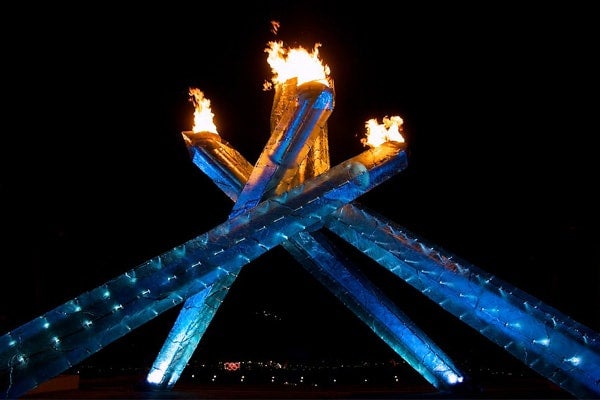
Olympic Games and other mega-events: what they mean for cities
Published: January 27, 2014
As this year’s Winter Olympics in Sochi, FIFA World Cup in Brazil and the 2015 Toronto-hosted Pan Am Games get closer, and the political and activist tension around them gets tighter, it’s clear that there’s a lot at play when it comes to the relationship between mega-events and cities.
A new course in urban studies – “Cities and Mega-Events” taught by David Roberts – is encouraging conversation and critical thinking on the pros and cons of hosting a large gaming event in a city, exploring issues such as funding, broadcasting, public space, human rights and community. Writer Jessica Lewis of the Faculty of Arts & Science spoke with Roberts about these events and their effects.
What can or can’t mega-events do for a city?
Mega-events accelerate many of the forces that already exist within a city. They also, generally, come with some funding sources – federal funds, for example – that would otherwise be unavailable for planning initiatives. They can be a motivating factor with concrete deadlines for all sorts of planning initiatives. They’re also mega-media events in that they are broadcast globally and are watched by billions of people. Hosting mega-events, thus, is a significant way in which cities can get international media coverage. They are, in a sense, a branding exercise.
Hosting a mega-event opens up a lot of opportunities and challenges for a host city; what cities do with those opportunities has a lot more to do with how the city and host nation operate than the events themselves. In general, the current approach to hosting mega-events hasn’t been great for addressing social planning concerns – chronic underfunding of urban infrastructure, chronic inequality or poverty. In many cases, mega-events can exacerbate these things as funds are channelled into tourism related infrastructure.
What should we be observing about the current tensions regarding the World Cup and Olympics?
The current tensions that we’re witnessing in Brazil and Sochi exemplify some fundamental tensions over issues of priorities in public expenditures, rights in public space, concerns over labour practices, rights of expression and human rights. Similarly, the Winter Olympics in Vancouver were a catalyst for Aboriginal leaders to call for necessary conversations over indigenous dispossession and the on-going disputes over land rights in Canada.
We’re witnessing a growing number of voices calling for significant change in the approach to the hosting of mega-events to better integrate issues of social justice and social development. But beyond the particulars of the approach to hosting such an event, activists, social movements and ordinary citizens are using the world stage to highlight social injustices and demand change. In both Brazil and Sochi, they seem to have been quite successful in capturing the attention of a lot of people worldwide.
One of the key challenges will be to sustain such attention during and after the events. It’s really easy to get caught up in the excitement and pageantry of the Olympics or World Cup and forget that these events are hosted by cities and countries where there are struggles over inequality, violence and other injustices. It’s those days and months after the world’s gaze has shifted onto the next thing that will prove to be the most telling in terms of the progress (or regression) that’s been made in both Brazil and Russia.
What do you think the Pan Am games are doing for the city and people of Toronto?
The Pan Am games are at a different scale than the Olympics or World Cup, but still represent a significant refocusing of resources to particular infrastructure projects. Whenever there is such a commitment of public funds, you have to ask what the opportunity costs are – what else could that money have been used for? At a basic level, the Pan Am games have led to increased investment in sports and transportation infrastructure as well as investment in the revitalization of neighborhoods connected to the event – the area around the athletes’ village, for example. On another level, such events can be great opportunities for the mobilization of civic pride in the city that we call home. If harnessed effectively, this increase in civic pride can have all sorts of positive impacts and legacies for the city. However, such legacies are best realized in cities that actively cultivate and plan them.
Whenever a city chooses to host such events and invest significant funds, it’s important to ask: who’s the event designed for and who’s being excluded or disadvantaged by the decision to host the event? I’m not sure that these questions have been fully addressed, at least in a public forum, with regards to Toronto’s hosting of the Pam Am games.
How does a city leverage a mega-event to its advantage?
Most often, mega-events are leveraged to communicate to an external audience – tourists, investors, companies, etc. – who, in theory, will be inspired to invest in or visit the city after seeing it on TV. Much less likely, cities can leverage their role as hosting a mega-event to invest in social planning causes or to collectively develop an urban brand based on significant community input. But, this is just the current formula – not the only imaginable way to host such events.
Jessica Lewis is a writer with the Faculty of Arts & Science at the University of Toronto.



